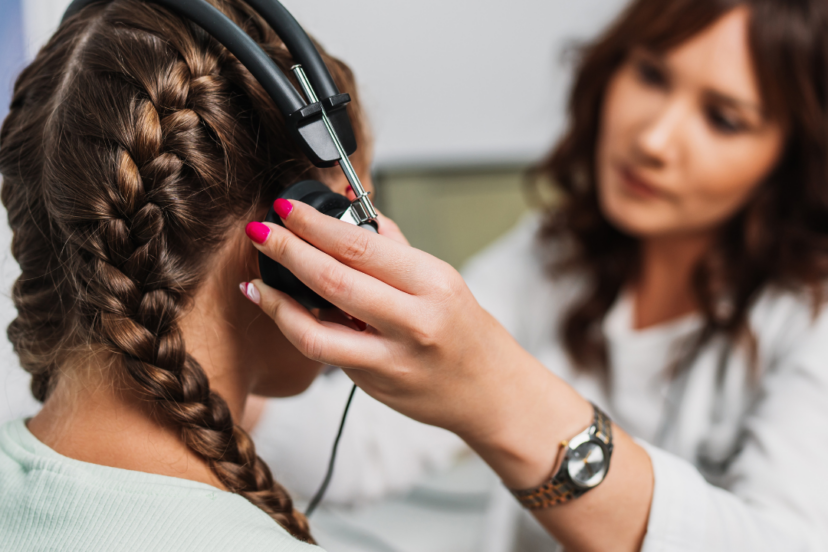Halloween marks the change in the season and also brings about storms and wet conditions. Darker days and wetter weather can lead to children spending far more time indoors. Viruses run amok and the passing of coughs, colds and sniffles associated with this time of year brings about a spike in the dreaded glue ear.
Untreated hearing loss in children is known to have a devastating effect on their speech and language development, social communication and interaction, academic performance and safety.
Sometimes the signs are obvious; however, most often it could be difficult to know whether your child might be struggling to hear.
So often in our paediatrics clinic, we hear frustrated parents say:
“I don’t know if she is not hearing me or just ignoring me”
“I feel my mind is playing tricks on me. Some days he hears me straight away and other times he is so engrossed in what he is doing. Nothing could disturb him!”
“She is getting frustrated because she has trouble expressing herself and others struggle to understand her as her speech is not clear”
“His teacher has moved him to the front of the class because he kept missing instructions”
Most children in the UK receive a hearing screen at birth. This is to potentially rule out permanent hearing loss and also to identify when follow-up is required.
Not all hearing losses are permanent and some also develop later in childhood. Some hearing losses are temporary; however, might not resolve by itself without necessary treatment.
One of the most common causes of temporary hearing loss in children is glue ear.
Otitis Media with Effusion is the medical term for glue ear.

Otitis – meaning an infection of the ear
Media- referring to the middle part of the ear
Effusion – build up of fluid in the middle ear
Glue ear can often cause fluctuating hearing loss depending on the level of fluid behind the ear drum.
When fluid is present it could cause what we call a conductive hearing loss.
Sound travels through the middle ear to the inner ear via the mechanical vibration of the eardrum and bones. The free vibration of these structures is necessary for the successful conduction of sound through the middle ear.
Imagine trying to walk through a dense bog. The mud will restrict your movement and you will require more effort to get to the other side.
Fluid in the middle ear creates a boggy wetland and hampers the movement of the middle structures. The more dense the fluid, the greater the sound needs to be to travel to the inner ear. More energy requires more volume.
As a parent, it can be difficult to know whether your child might be suffering from glue ear as often there might not be the telltale signs of an infection (for example fever, soreness, discharge from the ear).
The fluctuating nature of glue ear makes it difficult to identify whether your child might be struggling to hear as their responses might vary from day to day depending on the level of fluid.
Typically when your child is suffering from an episode of glue ear, they might present with the following behavioural patterns:
- Inconsistent responses to voices and sounds – not responding to their favourite show on TV.
- Turning the volume up on their iPad
- A change in their behaviour when responding to sound (They were responsive before but now not so much)
- They prefer and respond better to face-to-face communication
- They stand up close to the TV
- They become irritable and tired more easily
- Concerns are raised by nursery staff or their teacher at school
If you are concerned about your child’s hearing, call and arrange a winter hearing test with our Paediatric Specialist on 0333 320 7788 today.






